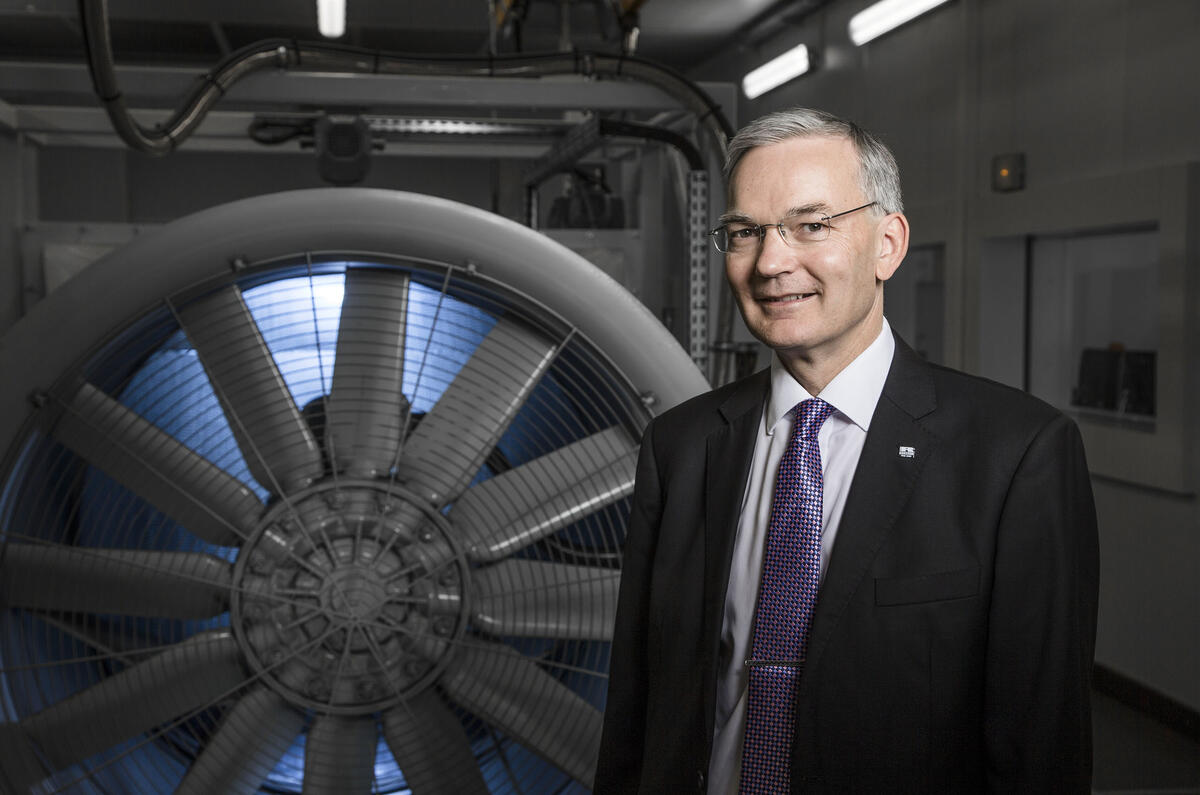Predicting the future is something many experts avoid like the plague, but for Professor Neville Jackson, head of technology and innovation at 100-year-old Ricardo plc, there’s no hiding place.
Ricardo is a consultancy: it makes its money spotting transport trends and demands ahead of others, then coming up with the solutions it believes big manufacturers will need for a happy future.
This entails having a pretty accurate idea what customers will want from their cars in the next two to three model cycles, say between now and 2030, a tall order when you consider how much cars have changed in the recent past. Who’d have expected a three-cylinder, 1.0-litre Ford Mondeo? But when I spent an hour with Jackson at Ricardo’s Shoreham HQ recently, he described the future with a willingness and clarity I simply hadn’t heard before.
In 2020, says Jackson, we won’t see much change compared with the cars we know now. Things will be better done; cars will keep getting cleaner. There will still be plenty of diesels about, though they’ll gradually move to power bigger cars.
We can expect more electric functionality in cars and more downsizing of engines, but battery costs and weight will still dominate hybrid projects.
By 2025, we’ll see a graduation to more powerful, 48-volt electrical systems in cars, not least as a way of allowing cheaper models to keep using affordable, latest-spec lead-acid batteries (without the need for complicated controls systems) that can cut emissions but keep prices down.
Further up the price scale hybridisation may well become synonymous with performance. Slow and fast versions of a car will have similar consumption and emissions but the faster a model goes, the more powerful its electric motors will be, propelled by bigger and more expensive batteries and supporting electronics.
By 2030 we should see this technology spread downwards as volume cuts costs and promotes knowledge. Hybridisation will have spread to many cars. Pure electric vehicles will have much better ranges and move towards the mainstream, though charging will still be problematic for people living in densely packed suburbs.









Join the debate
Add your comment
Cortinadeo
Quite a few people, perhaps. The Cortina first appeared with a puny 1.2 and the Sierra was available with a 1.3. Both ridiculously small for the task at hand. But back then, we were told that all the oil would have run out by now, a myth embellished these days with the notion that driving raises the planet's temperature.
Global Warming Scam
Fuming
Bullfinch
Mass Return to Bicycles